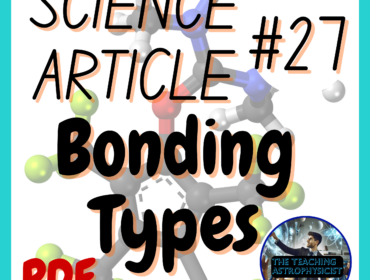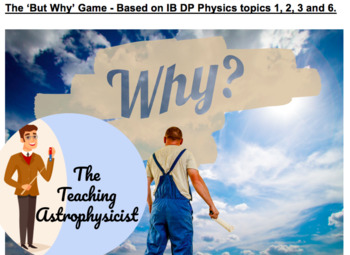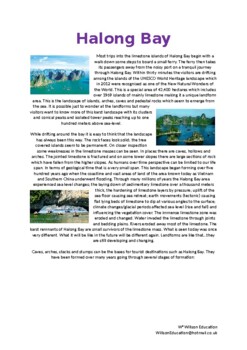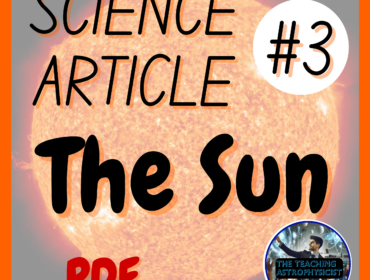Explore the world of Minibeasts through this teaching pack which includes a fully resourced, step-by-step sensory story, plus teaching ideas and activities aimed at supporting the five areas of the engagement model, creativity, independence, building communication skills, and supporting other areas of learning linking to curriculum subjects and topics.
Perfect for students (aged 3-19) following pre-formal/sensory, semi-formal or formal pathways, and EYFS to Year 1 students in mainstream education.
MINIBEASTS TEACHING PACK TABLE OF CONTENTS
The Benefits of Multisensory Storytelling
How to Tell a Multisensory Story
Using Sound Effects in Multisensory Storytelling
Story Props Checklist
Minibeasts – Full Poem
Minibeasts – A Multisensory Exploration
Minibeasts – Story Bag
Minibeasts – Sensory Bin
Spider’s Web Craft Activity
Minibeast Hunt
Make a Wormery
Wildflower Pellets
Adapting ‘A Very Hungry Caterpillar’ into a Sensory Story
Outdoor Learning Ideas & Inspiration
Minibeast Fun Facts
A multisensory story is told using sensory stimuli (props).
The story props are low budget, everyday items found around the home, garden, outdoor areas and in the classroom.
This story includes themed, sensory extension activities that link to the EYFS Framework and areas of the KS1 National Curriculum making them the perfect resource for Special Education (aged 3-19) EYFS, Mainstream Primary, Speech & Language and EAL students.
What are the Benefits of Multisensory Storytelling?
1. Storytelling creates a bond between the storyteller and the story explorer enhancing and enriching experiences.
2. Multisensory Stories connect the individual to literature, culture, history and topic in a fun and engaging way.
3. The stories form a base on which to scaffold learning enabling the student to work on personal goals and individual targets.
4. The activities in the stories are designed to promote:
Initiation and sensory exploration
Communication skills: anticipation, eye contact, listening, shared attention, and language development
Self-confidence and well-being: trying out new ideas, and skills, persistence, practicing self-care, independence and enjoying achievement
Self-awareness: asking for ‘help’, ‘again’ and ‘more’
Opportunities to explore cause & effect and build anticipation skills,
Promote physical development
Build knowledge about the environment & the world around us
Engagement in scientific experimentation and mathematical concepts
Development of social & emotional skills: turn-taking & sharing, teamwork, persistence
5. The sensory stimuli (story props) are a tool for the story explorer to explore and express their likes, dislikes, and sensory preferences and to have the opportunity to make choices.
This information can be used to identify motivators or items to calm and individual when anxious, tired, or stressed, identify triggers, (some you may wish to avoid, others to work on building tolerance through desensitisation in a safe and therapeutic environment) and used in the writing of care plans to enhance areas daily life.
Your questions, queries, comments, and feedback are always welcome.
Thank you for looking:)
| Category | Science |
| Tag | Special Education |





Write a Review
Leave a reply Cancel reply